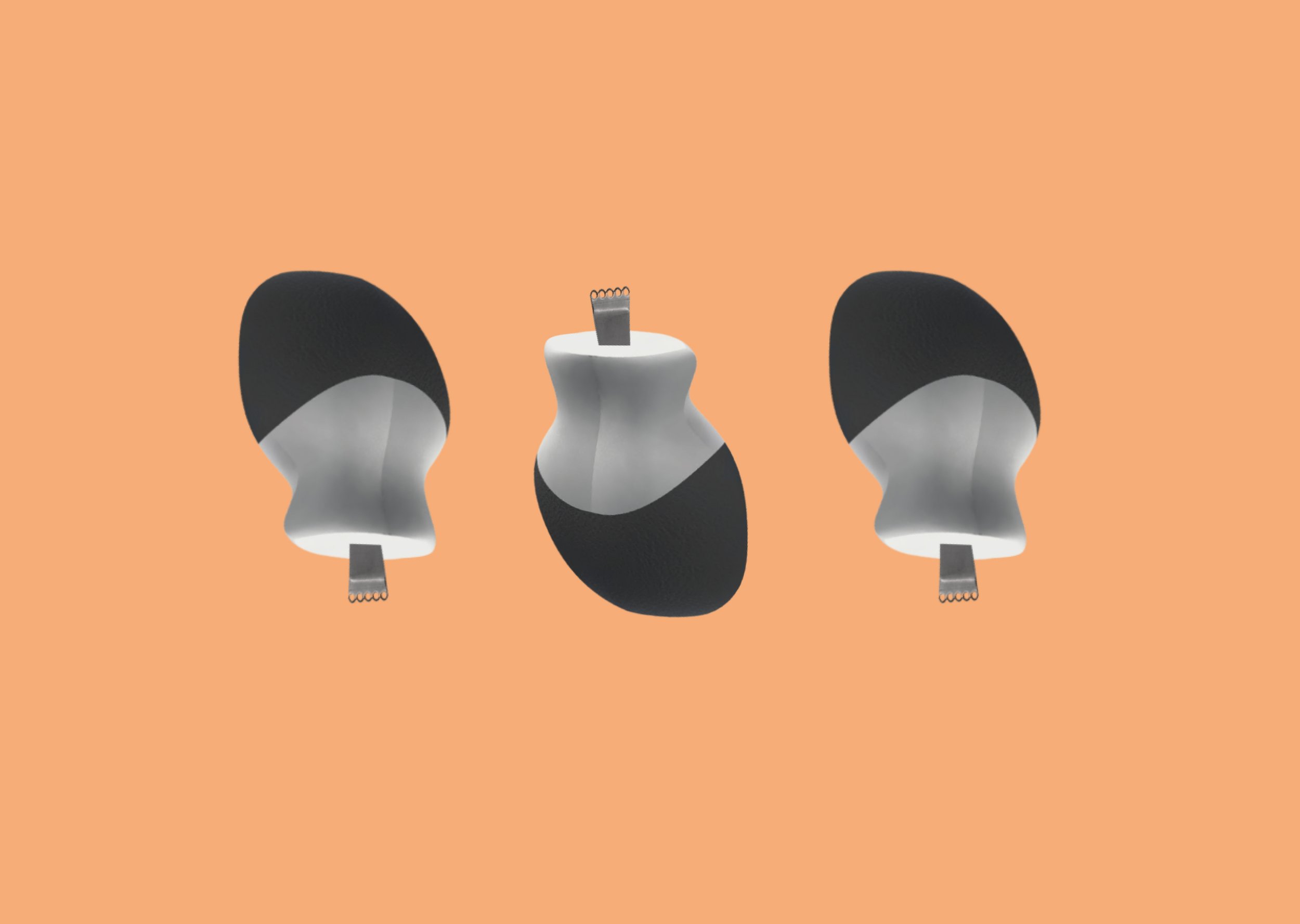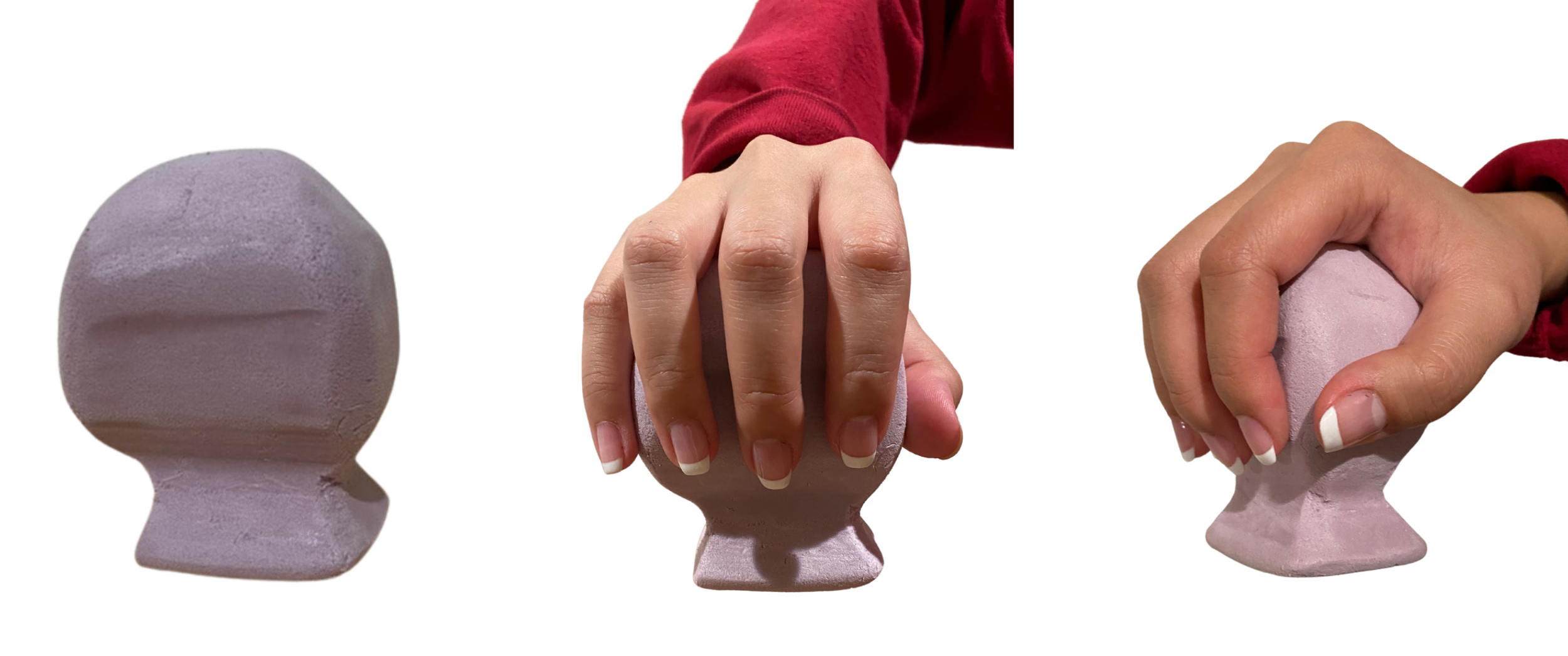
Ergonomic Zester
Project Overview
I spent one month designing an ergonomic zester for ME 115B: Product Design Methods. I performed a task analysis on zesters to identify current issues. Based on these insights, I defined new design requirements and created foam prototypes to address them. I used data from surveys and interviews to iterate on the prototypes and create a final CAD rendering.
Processes/Tools
Hierarchical Analysis, Human Factors Analysis, Design Sketching, Prototyping Usability Testing, Heuristic Evaluation, SOLIDWORKS
My Role
I worked on a team with Breanna Sandoval and Kai Ssempa. Together, we created foam prototypes and conducted usability tests. I personally conducted the hierarchical task analysis and designed the final zester in SOLIDWORKS.
Zester Initial Analysis
A zester is used to shave the outer layer of the peel from citrus fruits. I began this project analyzing how zesters are used.
Hierarchical Task Analysis
Plan: Do step 1. Do steps 2 and 3 until there is enough zest. Do step 4.
Anthropometric Features Table
I identified key product features within each step of using a zester. Using this knowledge, we identified important design parameters for our project, including handle length, handle diameter, handle material, handle shape, blade length, and connection to blade.
Solution Exploration
We explored a breadth of possible designs, using our design parameters as guideposts.
Prototyping
Our team narrowed down our design ideas and created 6 foam prototypes. We tested each prototype with 3 users, conducting 18 total initial tests. To gather data, we interviewed users and had them fill out a RULA Assessment worksheet and a pain point map.
Iteration & Testing
We used our usability test data to create 6 new prototypes. We tested each prototype with 3 new users, conducting 18 more tests. To gather data, we created a survey to see how well the designs supported our ergonomic goals.
Final Foam Model
We decided to move forward with prototype 2 because it was most effective at accomplishing our design requirements. All testers preferred prototype 2 in our interviews. It also caused the least amount of pain points in our hand mannequin survey, and it had the best results for limiting wrist strain, having a comfortable grip, and having the elbow at a comfortable angle.



















